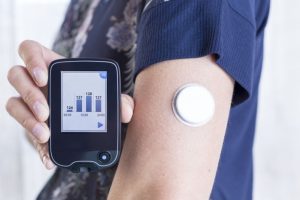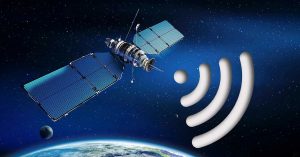Apps to Find Fish While Fishing
Finding fish more efficiently It's no longer just about technique and luck—today, many fishermen are using technology to their advantage. Fish-finding apps combine maps, depth data, sonar readings, weather forecasts, and community reports to increase your chances of success. In this article, you'll learn about the main features of these apps, understand why they're worth using, and receive practical tips to get the most out of them when fishing.
Advantages of Applications
Bathymetric maps and underwater structure
Description: Many apps offer detailed bathymetric maps that show depth, valleys, elevations, and underwater structures (floodplains, rocks, and beds). Knowing where there are depth variations helps you locate spots that typically attract fish, such as channels, slopes, and submerged islands.
Integration with sonars and transducers
Description: Modern apps connect via Bluetooth or Wi-Fi to portable sonars or transducers installed on the boat. This allows you to view real-time echoes from fish, structures, and thermoclines directly on your smartphone or tablet, making reading more accessible and convenient.
Weather forecasts and water conditions
Description: Data on wind, atmospheric pressure, sunrise/sunset times, and even moon phases are integrated to help you plan the best fishing window. Additionally, some apps display surface water temperature and currents, critical information for many types of fishing.
Routing and waypoint marking
Description: The ability to mark points where you've found fish, record routes, and return to them makes work more efficient. Saved waypoints with notes (bait used, depth, time) transform each outing into valuable data for future fishing trips.
Community and fishing reports
Description: Many apps have community feeds where fishermen post catches, techniques, and locations (with or without exact coordinates). Reading these reports can accelerate learning about local patterns and offer clues about fish behavior at certain times.
Offline mode and map downloads
Description: In areas without mobile coverage, the option to download maps and bathymetry for offline use is essential. This way, you maintain access to charts and data even in remote locations, without losing navigation or recorded waypoints.
Fishing record and personal statistics
Description: Logging tools allow you to track effort versus results: hours spent fishing, number of catches, species, and sizes. This allows you to identify long-term patterns and adjust techniques and schedules based on real-world evidence.
Integration with equipment and security
Description: Some apps connect to VHF radios, AIS, or boat safety sensors, providing alerts about hazardous conditions, proximity to other vessels, or signal loss. Safety is an indirect but extremely valuable benefit.
Frequently Asked Questions
Response: Yes. Most apps offer data applicable to both saltwater and freshwater, including bathymetry, sonar, and weather forecasts. However, choose an app with maps and data specific to your region for best results.
Response: It depends. Some apps work only with maps and community reports, requiring no hardware. For real-time fish and structure readings, you'll need a compatible transducer or handheld sonar.
Response: Bathymetric maps and downloads of large areas can take up considerable space. It's recommended to download only the areas of interest and keep your device organized, as well as using an SD card on devices that support external storage.
Response: Record the depth, time, bait, weather conditions, and a brief note about the fish's behavior. This way, when you return, you'll have complete data to compare results and identify seasonal patterns.
Response: This varies depending on the competition rules. It's permitted in many amateur competitions, but restrictions may apply in official events. Always check the regulations before using technology that offers a strategic advantage.
Conclusion
Final summary: Fish-finding apps are powerful tools that, when combined with skill and environmental friendliness, increase your fishing efficiency. They offer everything from detailed maps and sonar integration to communities that share local knowledge. However, practice, observation, and environmental awareness remain essential. Experiment with different apps, test offline features, record your outings, and adjust your strategy based on the data—and you'll transform each fishing trip into a continuous learning experience.



